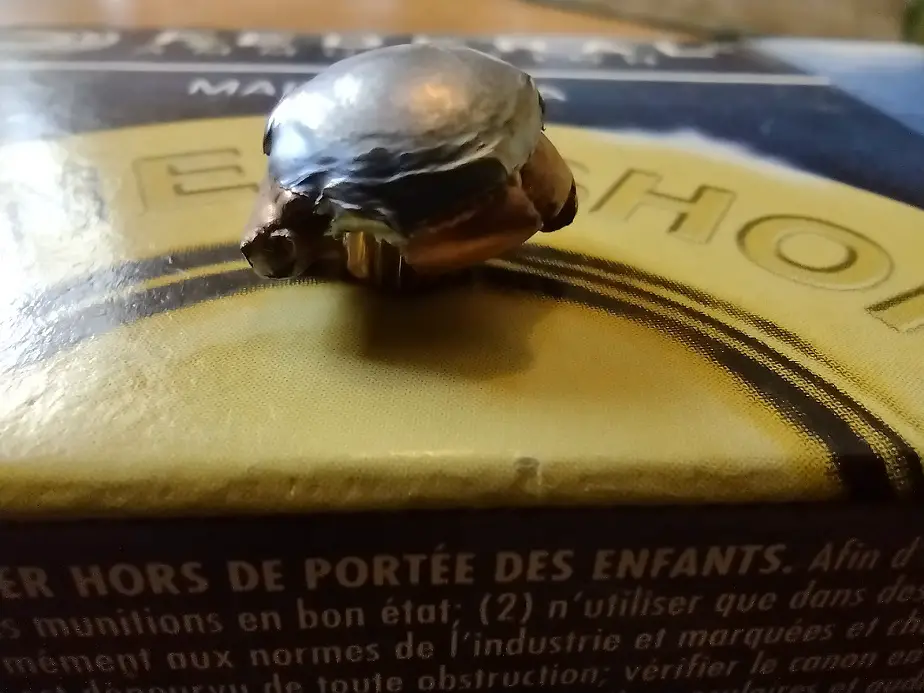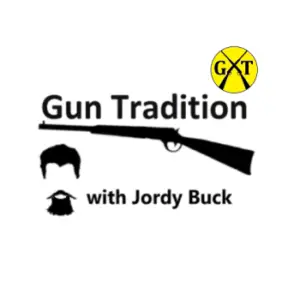I live up north where the deer are as big as the winters. Yes, I hunt deer with my 223. Not only does it work, but it also works pretty well.
The best spot to shoot a deer with a 223 is the chest cavity on a good broadside shot. A good expanding 223 bullet in the lungs will make a clean kill on a deer. The neck can be a good target if the deer won’t give you a broadside shot, but it is a smaller target area. The best success comes from waiting for a good shot into the lungs.
There are a few important things you need to know before you try to kill a deer with your 223. Do it wrong and it isn’t going to work. Do it right and it will work every time.
How to Bring Down a Deer With a .223
A high-speed 22 caliber rifle is considered the minimum gun to effectively hunt deer. Not minimum as in energy, but minimum as in bullet diameter and weight. There are several used, like the 22-250 and 224 Valkerie, but the .223 remains the most common.
By all accounts, the .223 is a good option for hunting whitetail deer. To make it work, you need to make a good shot. That’s the secret to poking a deer dead with a 22 caliber bullet: Get it into the right spot. Fortunately, that’s pretty easy to do.
A 223 is a somewhat shallow penetrating bullet and there’s no way around that. Even so, good hunting ammo will expand and penetrate up to 22 inches in soft flesh. That may not sound like much, but the average deer is only 15 inches wide.
because it’s a lesser penetrating bullet, we have to concentrate on hitting an easy target. the easiest lethal target on a deer is its lungs. They are literally full of air and offer little resistance to a bullet. I would be shocked if I didn’t get a passthrough on a deer at 200 yards with a lung shot.
Not only does a lung shot make it so the deer can’t breathe, but it also causes insane bleeding trauma. All the blood in the body goes through the lungs. Because the lungs offer so little resistance, the entire organ is usually destroyed, causing the same amount of bleeding as a heart shot.
I refer to that area as the gearbox. Cause a problem in the gearbox and it’s not going very far. So, if you put a quality 223 bullet in the gearbox of a deer, he’s done.
A lot of hunters try and aim for the neck. There are differing opinnions as to where in the neck. a lot of them prefer sooting the baseof the neck, because it’s bigger. in reality, the target is only about an inch and a half wide. With a neckk shot, you want to hit the spine to drop the deer.
I prefer the body shot because it’s usually fairly still. A deer’s neck moves around a lot. Evan when a deer is standing still, it’s neck tends to swing around.

Best 223 Ammo for Deer Hunting
The best 223 ammo for deer hunting is a controlled expansion bullet-like Winchester Deer Season XP or Federal Fusion. It will expand well, and still hold together at velocities at or over 3,000 fps.
With new bullet technologies, we can quite effectively use smaller calibers than before to take game. New deep penetration and controlled expansion bullet technologies have moved hunting a step forward. Even solid copper expanding bullets are becoming a great option for modern hunting.
You need a bullet that will expand, and not just fall apart. I recently tested out several different rounds, and I was impressed with how well they held up. My personal favorite is the 64-grain Deer Season XP. That’s because it shoots well out of my rifle, and penetrated a bit more.

These can be a bit pricey. They are good rounds and they aren’t cheap. There is a budget option, and it does seem to work about as well. PPU has a 223 soft point load that performs to about 90 percent of what the others did. Still, the bullet held together and expanded well.
It isn’t quite as accurate as the Winchester or Federal, but it’s plenty accurate enough to take a deer at 100 yards. It’s also half-price of the other options. The main problem is that it’s only 55-grains and some states limit you to 60-grains and over.
The biggest holdback if the 223 is that with the fast, lightweight bullet there are certain “traditional” shots that may not work with it.
Shots You Need to Avoid
A common target zone of traditional deer hunters is s the shoulder. A good shot through both shoulders tears up the lungs and shatters the shoulder so the deer will drop on its tracks. The issue here is that while the 223 may break the shoulder, the shoulder will also break the bullet.
If you hit the ball of the first shoulder, the bullet will not penetrate much further. Deer can run a long way on just three legs. A shoulder shot is a wounding shot with the 223. You will have to go after an injured deer, and may not get the chance for a second shot.
Even if you were to miss the thick part of the shoulder bone, just going through the shoulder blade and extra muscle will mess things up. The shoulder itself isn’t a lethal target. All it does is absorb energy that now won’t go into the heart and lungs.
Avoid the shoulder entirely by aiming straight up the back of the front leg, then an inch back. Follow the leg to almost halfway up a deer’s body, then towards the rear an inch. That’s the middle of the lungs and the furthest from the shoulder.
So, avoid the shoulder right? That also means not taking a shot when a deer is walking toward you on an angle. When a deer is walking towards you at an angle, its shoulder is between you and the target zone. and your bullet will have to travel lengthways through the shoulder first. It’s a bad bet. Wait for the deer to give you a good shot at it’s side.
Do not aim for the head! A deer’s brain is smaller than a baseball. That’s a very small margin of error. That’s why th lungs is a better target. The lungs are roughly the size os a paper plate, generally a bit bigger. shoot for the biggest target because in hunting, things happen and you need to have every advantage you can get.

223 Efective Deer Hunting Range
The most effective range for deer hunting with a 223 is 150 yards and under. But, many people have killed deer out to 200 yards with a 223. At 100 yards, even withh a 16-inch barrel, you will have enough velocity and power to make a clean kill every time. Past 150 yards, that greatly diminishes.
Some folks try and streach things out to the maximum, but I prefer to stay where things will always work. The biggest limiting factor is that the 223 slows down fairly quickly, and a slow 223 doesn’t penetrate deeply.
Being a small bullet to start with, you don’t really want to streac things too far. As the bullet slows down, it will create less damage and make a smaller cavity inside the deer. Up to 100 yards, I can see no diference. at 150 yards, I can start seeing just a bit less damage. I want to hit the deer with everything I got, so I’m not shooting much over 100 yards.
Here’s an interesting point, as the bullet slows down, it will initially penetrate deeper. That’ because expansion happens a bit slower. Still, that’s not really a good thing. A 100- yard shot gives you the most out of both penetration and expansion. In other words, it puts the whammy on them.
Remember, it’s already a small gun. Don’t try and ask too much from it. It will work great, and within good boundaries it will not fail you.
5.56 vs 223 for Deer
The only real difference here is that there are less potions for hunting ammo in the 223. But, since you can fire 223 in a rifle chambered in 5.56, you don’t really have an issue. Sometimes you will see a noticeable decrease in accuracy when shooting 223 in a 5.56 rile.
But, at close hunting distances, (150 yards and under) the effect is negligable. You should always fire a few rounds for an accuracy check, but I expect things to be functional at that distance.

